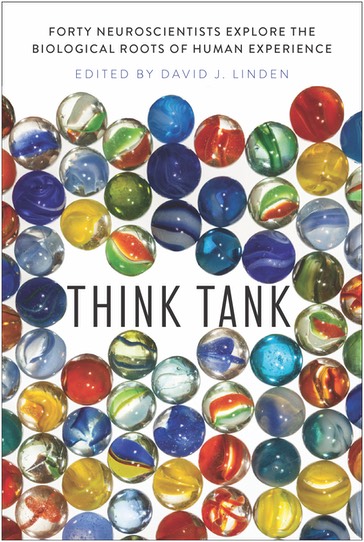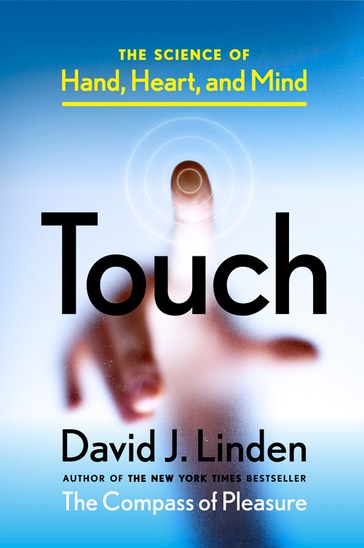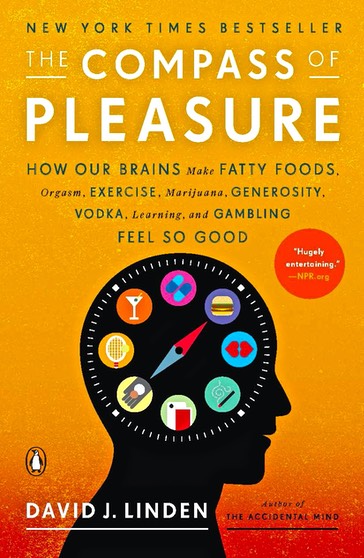So let's talk about food, overeating and the brain's pleasure circuits. One front in the societal war for your body fat is located in the test kitchens and offices of restaurant chains, commercial bakeries, and other "food service" corporations. While food consumption is highly influenced by genetics-- body mass index is about 80 percent heritable-- it's clear that environment and gene/environment interactions also play a major role in determining an individual's weight.

One telling statistic is that the average weight of an adult in the United States has increased by about twenty-six pounds between 1960 and the present. Clearly, this is not due to genetic changes in the population. Rather, it's mostly a result of the concerted efforts of these corporations to produce food and drink, served in large portions, that maximally activate the pleasure circuit and thereby contribute to overeating.
Imagine that we're test kitchen chefs for the Ruby Tuesday restaurant chain or the Nabisco Corporation or Pepsi-Cola (which also owns KFC and Taco Bell). Our goal is to create delicious food that people will crave and will return to buy in large quantities. How do we go about this? How do we create foods that activate the pleasure circuit so strongly that they override the satiety and body weight signals that would normally prevent overeating? Basically, we do this by exploiting the mismatch between the food landscape we humans have evolved to navigate (that of our distant ancestors) and that of the present.
While our ancestral human diet varied for different groups of our forebears who lived in different habitats, it did have certain common features. It was a diet that was mostly vegetarian, with very little fat (probably about 10 percent of total calories) and very little sugar. Sweet flavors were rarely encountered—they typically occurred in ripe fruit or wild honey—and meat was a rare luxury and was usually quite lean when it could be obtained. For inland peoples, salty flavors were almost unknown. There were few foods with high moisture and oil content that would enable them to be chewed and swallowed quickly. Most importantly, in many locations intermittent famines were regular occurrences, so when energy-dense foods containing fat and sugar were available, it made sense to gorge on them to establish a body fat reserve for anticipated hard times.
The result of this ancestral diet is that we are hardwired from birth to like certain tastes and smells, most notably those of sugar and fat, but also salt. Both humans and rats show much greater activation of a key portion of the pleasure circuit, dopamine-releasing neurons of a region called the ventral tegmental area when eating energy-dense fatty and sugary foods. Like the difference between the effects of slowly acting "chewed" coca leaves and injected purified cocaine, this may reflect the differentconcentration profiles of glucose (or some other food-related signal) as conveyed to the brain: Large, fast-rising pleasure signals are the most rewarding and most addictive.
Interestingly, the combination of fat and sugar is superadditive, producing a significantly larger jolt to the pleasure circuit than either one given alone. Rats in a Skinner box will not only work hard and perform many lever presses for a sweet, fatty food reward, but those who have already eaten their fill of lab chow will readily consume more food if it is sweet or fatty. (Froot Loops cereal works particularly well.) Then again, we didn't really need an experiment with rats to tell us this: Everyone has had an experience of feeling full at the end of a meal but still having "room for dessert." Our love of salt, meanwhile, remains a bit of a puzzle: Rats won't work for it, but humans crave it, possibly as an adaptation to compensate for salt loss from perspiration.
In our role as corporate test kitchen chefs, we need neither rats, Skinner boxes, brain scanners, nor even a knowledge of the scientific literature to figure out how to make foods people crave and overeat; all that is necessary is a collection of different recipes to try out on willing subjects. Even so, developing those recipes is actually a very complex business, for to make craveable food you can't simply add more salt, fat, and sugar to your existing ones. There is, for example, no single ideal salt concentration for food. We tend to like a lot more salt on our chips and crackers than we do on our meat or in our soup. We like intensely sweet foods better if they are combined with fat. We are also more likely to overeat if foods have a combination of contrasting tastes: Ice cream with chocolate and fruit bits mixed in is more compelling than a smooth, single-flavor ice cream. More Buffalo wings are eaten if they are paired with a contrasting dipping sauce (like cool, fat-laden ranch dressing). Sweet and spicy, fatty and salty, spicy and salty are all combinations that work. Contrasting textures are also highly rewarding: A crispy fried exterior with a soft filling will often be the basis for a craveable food. Flavors and odors from cooking fats also provoke a strong response, perhaps because we have an inordinate number of olfactory receptors devoted to fatty odors.
Another thing that test kitchen chefs have discovered is that people will eat more food if they don't have to work too hard to chew and swallow it. Hence much of the meat served in chain restaurants has been mechanically tenderized and injected with marinade. It dissolves in your mouth quickly and is lubricated for swallowing by high water content. In essence, the factory has done half of your chewing and swallowing for you so you can eat more. And finally, one of the simplest strategies is to take advantage of the fact that people tend to finish what's on their plate (or drink what's in their bottle of soda). Bigger portion sizes are a simple and effective way to promote overeating, defeat the body's appetite control system, and sell more food.



